Sound: 









Value: 









(Read about our ratings)
Measurements can be found by clicking this link.
 I signed on to review the JVC HA-FW01 earphones ($329.95 USD) because one of the many ideas about audio that I’m working hard to disprove, dispel, and sometimes even deride, is the absurd obsession with driver materials in headphones and speakers. Pick a driver material, and I can almost certainly cite examples of good- and bad-sounding products using that material. Or as Voice Coil editor and Loudspeaker Design Cookbook author Vance Dickason told me, “I certainly have my favorites, but given any decent set of drivers, I can make you a good speaker with them.”
I signed on to review the JVC HA-FW01 earphones ($329.95 USD) because one of the many ideas about audio that I’m working hard to disprove, dispel, and sometimes even deride, is the absurd obsession with driver materials in headphones and speakers. Pick a driver material, and I can almost certainly cite examples of good- and bad-sounding products using that material. Or as Voice Coil editor and Loudspeaker Design Cookbook author Vance Dickason told me, “I certainly have my favorites, but given any decent set of drivers, I can make you a good speaker with them.”
However, I couldn’t speak with any authority about earphones using drivers made with wood-fiber diaphragms, as found in the HA-FW01s. I couldn’t say anything, good or bad, because until recently I’d never heard any. Although JVC has been making earphones with wood-fiber drivers since 2008, I gather it’s been more of a Japanese-market thing. That’s why I was so eager to hear them. I didn’t expect a revelation -- it’s just an 11mm dynamic driver with a diaphragm made from wood fiber instead of Mylar or metal or ceramic -- but I had no idea what they might sound like.
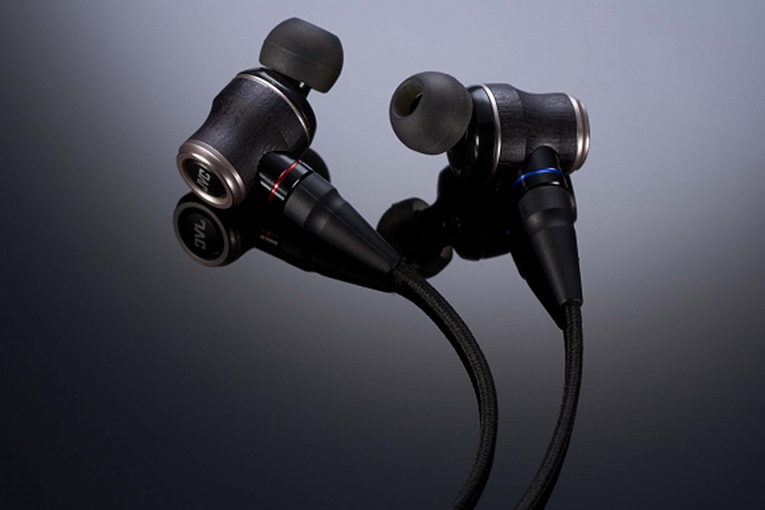
JVC claims that the wood diaphragm is 40 percent lighter than conventional diaphragms, prompting me to wonder how it could make something thin enough to be lighter than Mylar. According to its website, JVC developed its own wood-slicing machine that allows it to produce wood-fiber diaphragms only 50 microns thick, about the thickness of a human hair.
What I got more excited about when reading the press release was the HA-FW01s’ “metal harmonizer” and “Acoustic Purifier.” The former comprises a brass inner housing, a wood housing, and a wood stabilizer. These are intended to control resonances. The Acoustic Purifier uses small protrusions to tune the tone and dispersion. I’ve found when reviewing earphones such as the Campfire Comets that a well-tuned acoustical chamber in front of the driver can elevate an ordinary dynamic driver to extraordinary performance.
In contrast to most audiophile earphones, which typically employ over-ear cable routing that allows a deep, secure fit into the ears, the HA-FW01s use a conventional design with cables that hang down, so they’re secured only by the friction of the eartips in your ear canals. Because of this design, they look rather like ordinary mass-market earphones.
In the box
The HA-FW01 earphones include a small travel case with a magnetically attached cover, and a 3.9' (1.2m) cable with MMCX connectors on the ends attaching to the earphones, and a 1/8" (3.5mm) stereo plug at the source end. This cable has isolated ground connections for left and right earpieces, but it’s not a balanced cable. If you want a balanced connection, the MMCX connectors on the earphones should make it easy to use an aftermarket balanced cable.
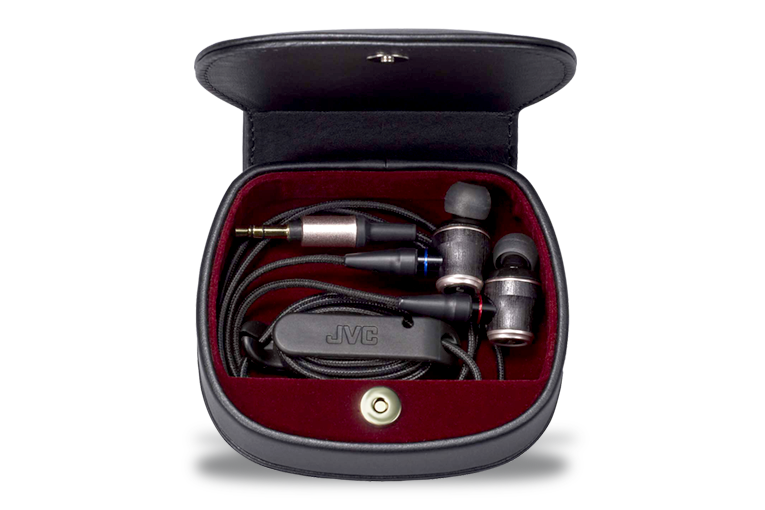
The package also includes silicone eartips in five sizes, all of which employ “spiral dimples” that are said to diffuse sound inside the tips. There are also “low resilience” foam tips in two sizes.
Use
Because the HA-FW01s don’t employ the over-ear cable routing and earlobe-filling design found in many audiophile earphones, the HA-FW01s’ earpieces stick out pretty far. “It reminds me of Frankenstein, with the bolts in his neck,” listening panelist Joe Mariano joked. Thus, they’re more susceptible to being bumped or pulled out of place, which wouldn’t make them a great choice for active use. But I and my panelists were all able to get a good, tight fit using the supplied silicone tips.
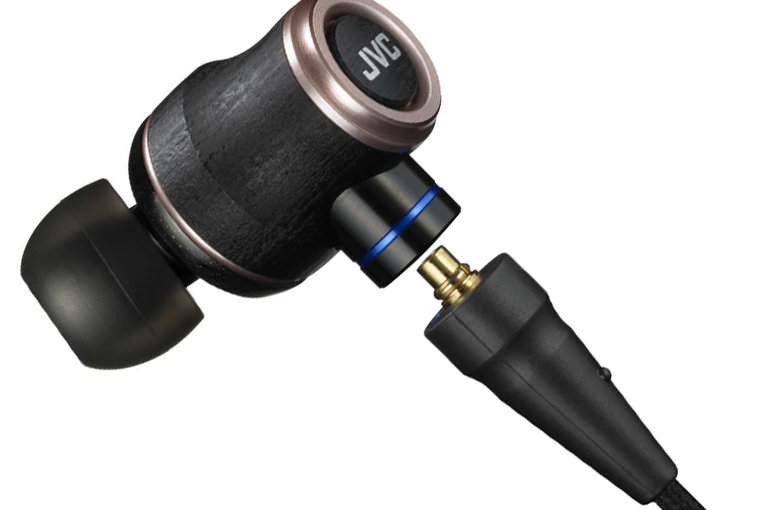
The fabric-covered cable is only slightly microphonic, so you probably won’t notice any noise when the cable scrapes across your shirt. However, it tangles easily. There’s no option for a cable with an inline microphone/remote, although the website erroneously says the earphones include this feature.
My Samsung Galaxy S9 phone could easily drive the HA-FW01s to loud levels without strain or distortion.
Sound
One thing’s for sure about the HA-FW01sf: I don’t think anyone would try these and find any readily apparent anomalies. The neutral tonal balance is immediately apparent, and it’s easy to relax into the sound and get lost. I actually thought, as I was listening to Art Blakey’s Jazz Messengers with Thelonious Monk (16-bit/44.1kHz FLAC, Atlantic/Qobuz), “You could just buy these and be done with all this.” I knew I’d find some nits to pick down the line, but everything was there -- the soft sizzle of Blakey’s ride cymbal, the reverberance of his snare drum hits, the breath of Johnny Griffin’s tenor saxophone, and the full and pleasing yet detailed sound of Spanky DeBrest’s double bass. And of course, it’s Blakey, all of whose albums I’d be happy to listen to anytime, no matter my mood.
“Yep, this is what music’s all about,” I thought, and it’s what I often thought as I listened casually to the HA-FW01s for a few weeks. But you’re not paying me to wallow indulgently in delights; you’re paying me to test headphones, so here goes . . .
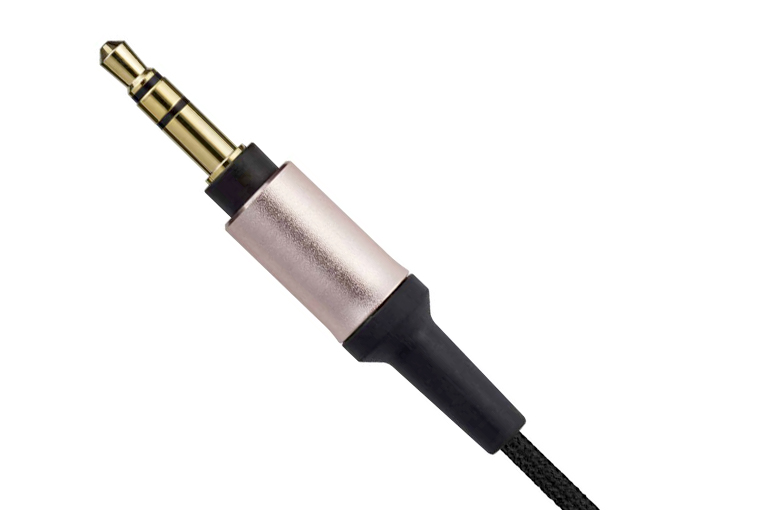
On my all-purpose go-to cut for testing audio products of any kind -- the live version of James Taylor’s “Shower the People” (16/44.1 WAV recorded digitally from the 2.0 soundtrack of the Live at the Beacon Theatre DVD, Sony) -- the HA-FW01s seemed impressively neutral with a slight bump in the bass. That’s much the same sound profile as in the Harman curve, the response research has shown to be the preference of most listeners. What impressed me about the HA-FW01s, though, is that the little bit of extra bass didn’t obscure the details in the mids and treble. In fact, I noticed during the choruses that I could easily pick out the contributions of the individual backing singers, something I’m not used to hearing when I play this tune (and I’ve been using it to evaluate audio gear since the late 1990s; it’s revealing enough that the president of an audio company once called it “unfair” when I used it to test his technology).
Out of curiosity, I used this same cut to compare the HA-FW01s to the Campfire Solaris earphones, which have a similar “full yet detailed” sound. The Solarises definitely had a smoother midrange; with the HA-FW01s, I could hear a subtle coarseness in the voices of Taylor and his background singers. But the Solarises sounded a little more sibilant. Overall, I’d have to give the Solarises the edge -- no surprise, as they’re more than four times as expensive -- but I do have to point out that the HA-FW01s are far more comfortable.
A more realistic comparison would be against the 1More Quad Driver earphones, which are very different in design (one dynamic driver plus three balanced armatures per earpiece), but less expensive than the JVCs. When I listened to “Wives and Lovers,” from Cécile McLorin Salvant’s For One to Love (16/44.1 FLAC, Mack Avenue / Qobuz), the differences between the two didn’t “hit me over the head” -- both headphones’ tonal balances were a pleasure to listen to, and almost entirely free of annoying peaks and sibilance. But there was a difference -- the JVCs are like the 1Mores but with more detail in the mids and the treble. Pretty simple, and a nice (and all too rare) case where it’s clear what you get by paying more for an audio product.
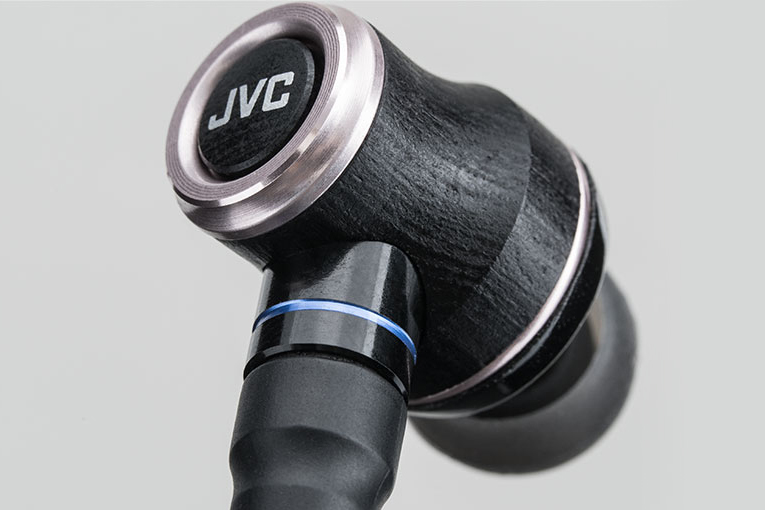
Having found nothing to object to over a few weeks of listening to my normal jazz/pop listening fare, I figured I’d better stray outside my comfort zone, so first I put on “Allegro frenetico (Orgy of Brigands. Memories of Scenes Past),” the fourth movement of Berlioz’s Harold in Italy, Op. 16, performed by the San Diego Symphony Orchestra conducted by Yoav Talmi, with violist Rivka Golani and violinist Igor Gruppman (16-bit/44.1kHz WAV, Naxos). The sound was beautifully balanced and natural, with no readily apparent or troubling colorations, and a nice sense of the size and reverberance of the recording space. Yes, higher-end earphones such as the Meze Audio Rai Pentas give me more treble detail and a bigger sense of space on this and other orchestral recordings. But the HA-FW01s got so much right here that criticizing them feels like denigrating a beautifully prepared souffle because you’d have preferred the slightly firmer outer crust that 30 more seconds in the oven would have produced.
I count on Spotify’s RapCaviar playlist to provide me with the latest goings-on in hip-hop, and to provide material that stresses tiny drivers to (or sometimes beyond) their limits. This time, RapCaviar served up Lil Mosey’s “Blueberry Faygo” (single, 320kbps Ogg Vorbis, Interscope/Spotify), which I heartily recommend you check out. Ignore the inane lyrics, and savor the production for its ultra-solid groove, clear sonics, and avoidance of most of the musical clichés that plague the genre. The HA-FW01s’ little drivers easily handled the tune’s powerful bass tones without distorting and without the slightest sacrifice of midrange and treble clarity. I found myself repeatedly clicking the reverse track skip button in the Spotify app.
Comparison
As usual, I brought in a couple of other listeners: LeRena Major, an amateur saxophonist who’s held several jobs in the music industry, and Joe Mariano, audio commentator and creator of the Joe N Tell YouTube channel. Neither of them knew anything about the HA-FW01s other than their brand. Both auditioned the HA-FW01s using an iFi Audio xDSD DAC-headphone amp plugged into my Samsung Galaxy S9 phone and playing tunes from Qobuz.
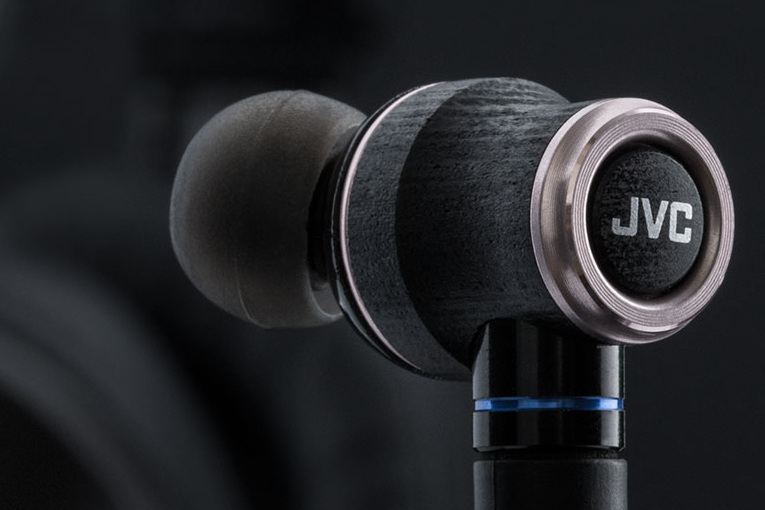
Both panelists liked the HA-FW01s overall. Joe described their sound as having “. . . a neutral signature with slight treble and bass boost,” and he also found the midrange to sound full and perhaps a bit forward, although he said, “The lower and upper mids can get slightly rough at times.” He praised the soundstage, saying it’s “pretty wide for a set of IEMs [in-ear monitors].”
LeRena praised what she described as a neutral tonal balance, and was impressed that the HA-FW01s sounded good with all of the wide range of material she played. “Regardless of if it’s fast or slow, soft or dynamic, mastered yesterday or decades ago, it all sounds great,” she said. She actually asked me to look up the price with the thought that she might buy a set. When I told her, she said, “That’s a lot for earphones, but it’s probably worth it.”
Conclusion
Honestly, I wasn’t expecting to rave about the HA-FW01s. They have a single dynamic driver -- a configuration that can deliver true audiophile-grade sound, but only with careful tuning. The driver has a wood-fiber diaphragm -- a decision I have to think was made at least in part to add some sexy marketing spin. The design looks rather generic -- in a world where more exotic, audiophile-focused multidriver earphones with over-ear cable routing are available for about the same price as the HA-FW01s.
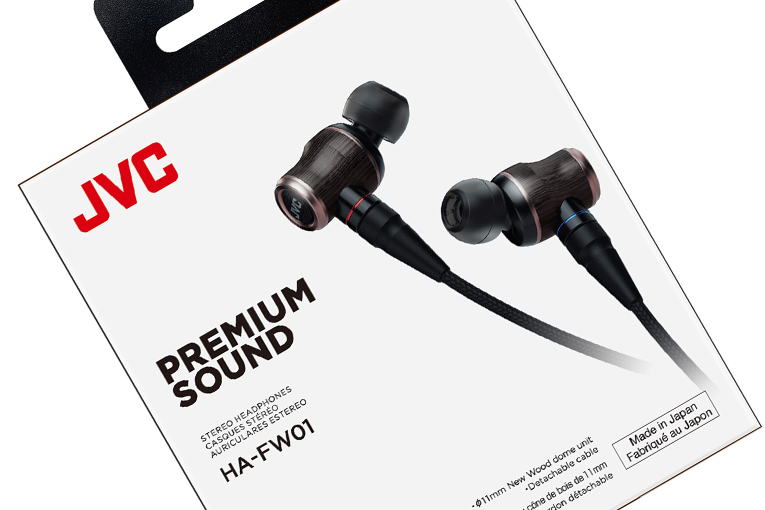
But I’m raving about them. Based on my experience and the comments from my panelists, I’m pretty confident that when you put ’em in your ears, you’ll like what you hear, and you’ll consider them worth their price.
. . . Brent Butterworth
Associated Equipment
- DAC-headphone amp -- iFi Audio xDSD
- Smartphone -- Samsung Galaxy S9
JVC HA-FW01 Earphones
Price: $329.95 USD.
Warranty: One year parts and labor.
JVC Kenwood Corporation
2201 E. Dominguez St.
Long Beach, CA 90810
Phone: (310) 639-9000
Website: www.jvc.com





